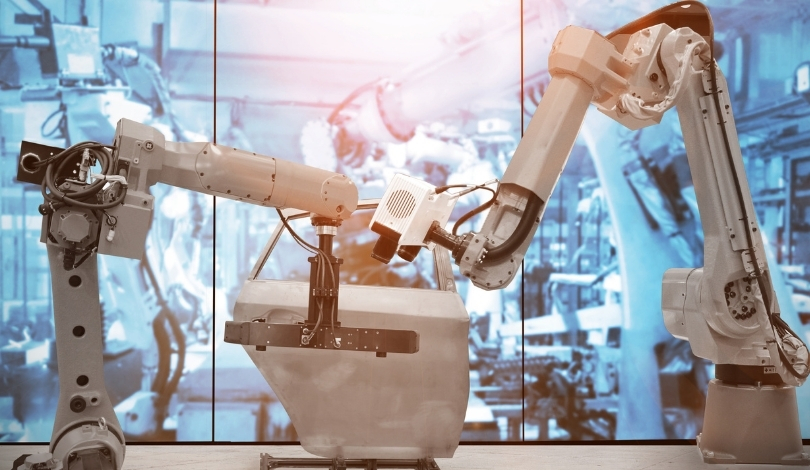In a recent study featured in Expert Systems, a method called Convolution‐enhanced Vision Transformer (Conv‐ViT) is proposed to improve locomotion mode recognition in lower limb exoskeletons. This technique capitalizes on the advantages of convolution for feature extraction and the Transformer’s self-attention mechanism, aiming to smoothly assist human movement. Researchers collected motion data from 27 healthy individuals using inertial measurement units to train the Conv‐ViT model, tackling a persistent challenge in exoskeleton technology. Previous methods have struggled with the precise identification of various locomotion modes, but this study shows promising advancements.
Methodology and Implementation
The Conv‐ViT method integrates convolutional operations for enhanced feature extraction and fusion, combined with the self‐attention capabilities of the Transformer to manage long-term dependencies in input sequences. This dual approach aims to offer seamless support for different locomotion modes, ensuring the stability and safety of the exoskeleton during mode transitions. The researchers analyzed the performance of Conv‐ViT across five steady locomotion modes, including walking on level ground (WL), stair ascent (SA), stair descent (SD), ramp ascent (RA), and ramp descent (RD), along with eight transitions between these modes.
Results and Comparative Analysis
The study found that Conv‐ViT achieved a recognition accuracy of 98.87% for the five steady locomotion modes and 96.74% for the eight transitions. These results signify a marked improvement over existing methods such as Vision Transformer (ViT), convolutional neural networks (CNN), and support vector machines (SVM). Notably, the Conv‐ViT demonstrated superior accuracy and F1 scores compared to these algorithms, highlighting its potential as the most reliable method for locomotion mode recognition.
Previously published articles have documented the limitations of traditional methods in recognizing locomotion modes for exoskeletons. For instance, earlier studies primarily focused on simpler models like CNNs and SVMs, which faced challenges in capturing complex dependencies within motion data. Conv‐ViT’s combination of convolutional feature extraction and Transformer’s self‐attention addresses these issues, marking a significant step forward. The study’s focus on a broader range of locomotion modes and transitions further distinguishes its contributions from past research.
Moreover, prior approaches often overlooked the importance of generalization performance, which is crucial for real-world applications of exoskeletons. Conv‐ViT’s robust performance across diverse locomotion modes and its high generalization capability underscore its advancement over previous technologies. The study’s comprehensive dataset and rigorous testing protocols also set a new benchmark for future research in this domain.
The Conv‐ViT method’s generalization performance was demonstrated to be excellent, indicating its potential to adapt to various locomotion scenarios without compromising accuracy or stability. This adaptability is essential for ensuring that lower limb exoskeletons can provide reliable assistance in real-world environments, which are often unpredictable. The ability to accurately recognize and transition between different modes of locomotion enhances the user experience and safety, making Conv‐ViT a valuable contribution to the field of exoskeleton technology.
For readers interested in practical applications, understanding the implications of this research could lead to advancements in the design and functionality of assistive devices. The high recognition accuracy and robust performance of Conv‐ViT suggest that future exoskeletons could offer more intuitive and responsive support, improving the mobility and quality of life for users. The study’s findings pave the way for further exploration and development of sophisticated algorithms that can seamlessly integrate into everyday assistive technologies.
- Conv‐ViT method enhances recognition of locomotion modes in lower limb exoskeletons.
- Achieved 98.87% and 96.74% accuracy for steady modes and transitions, respectively.
- Outperformed ViT, CNN, and SVM in accuracy and F1 score.










